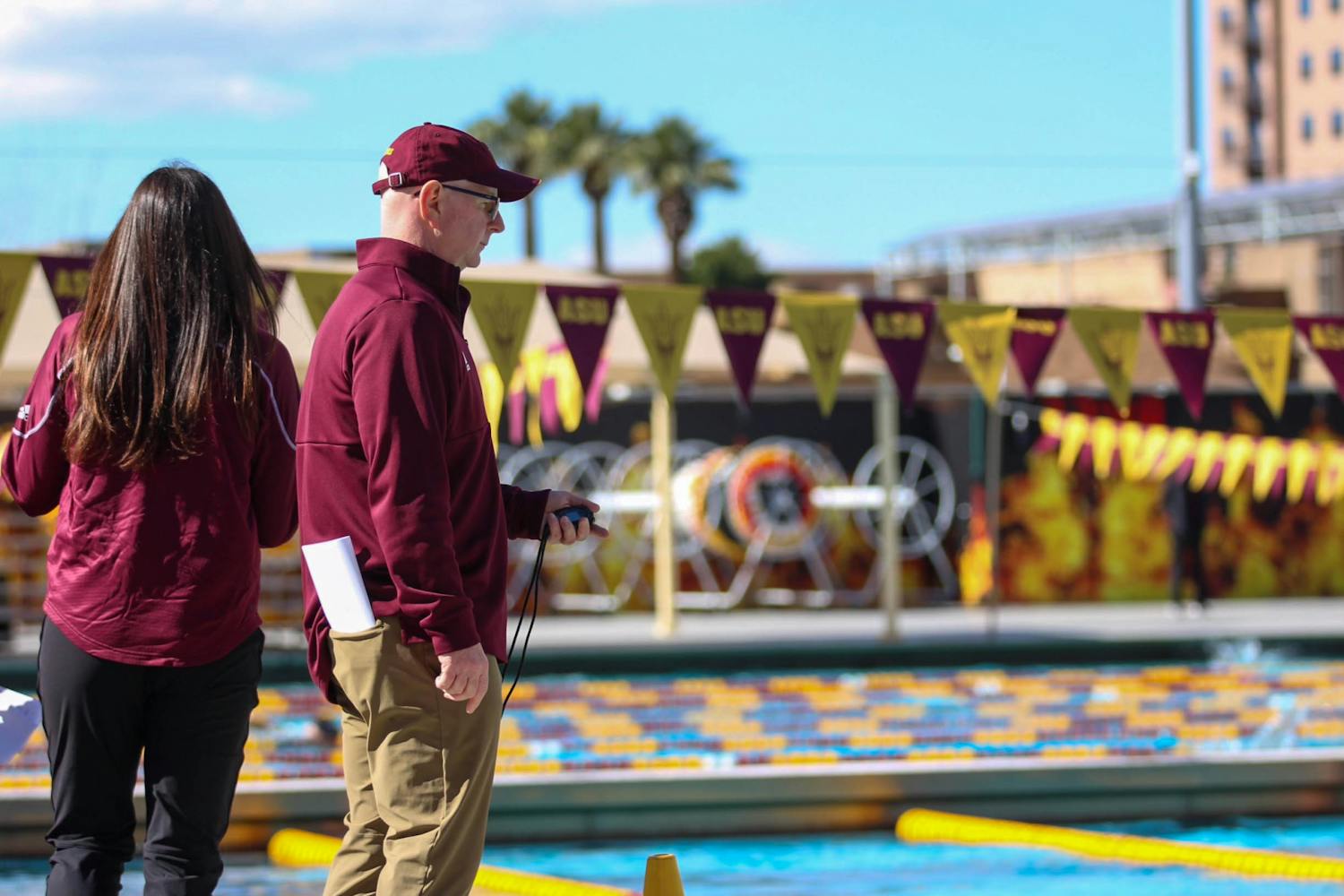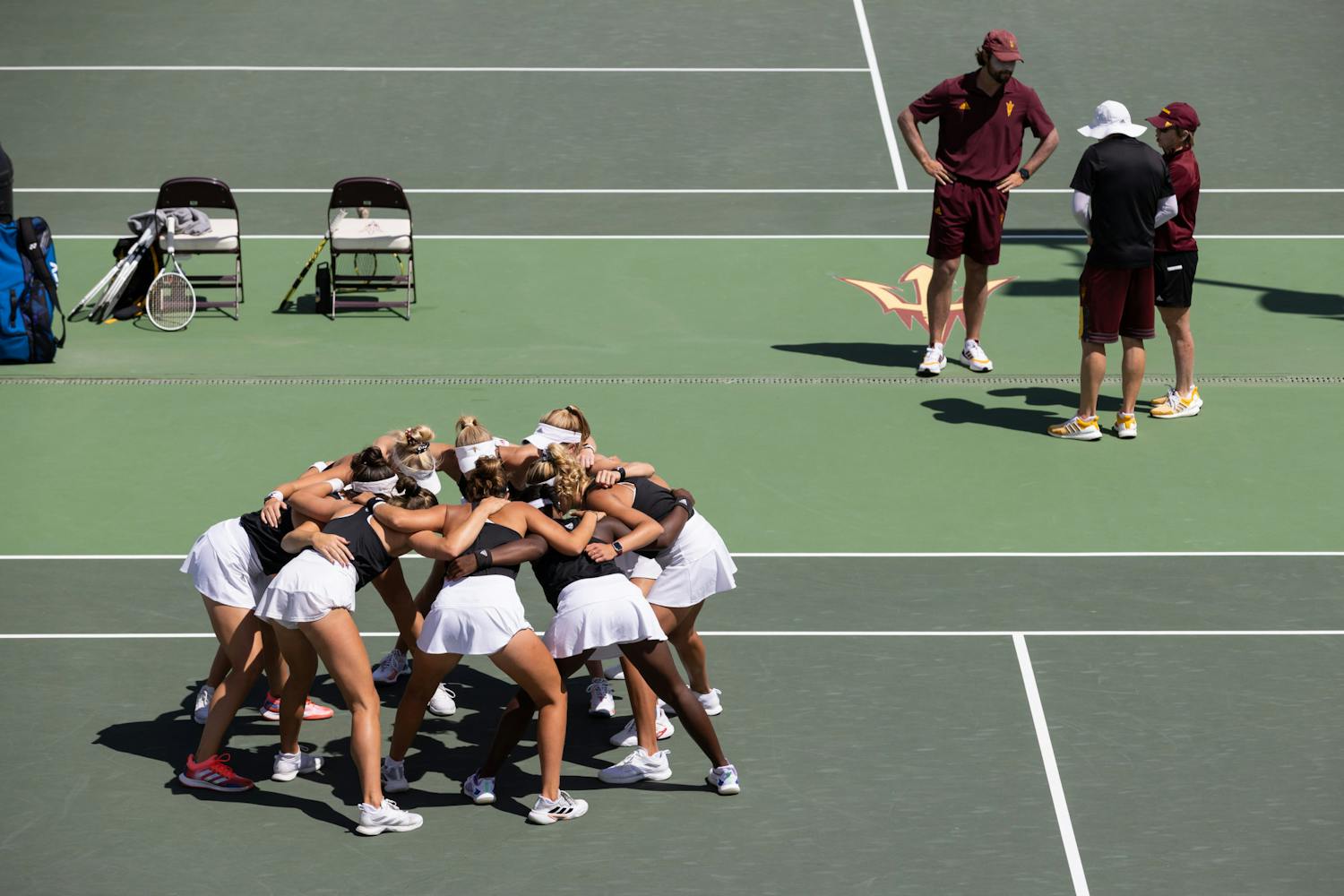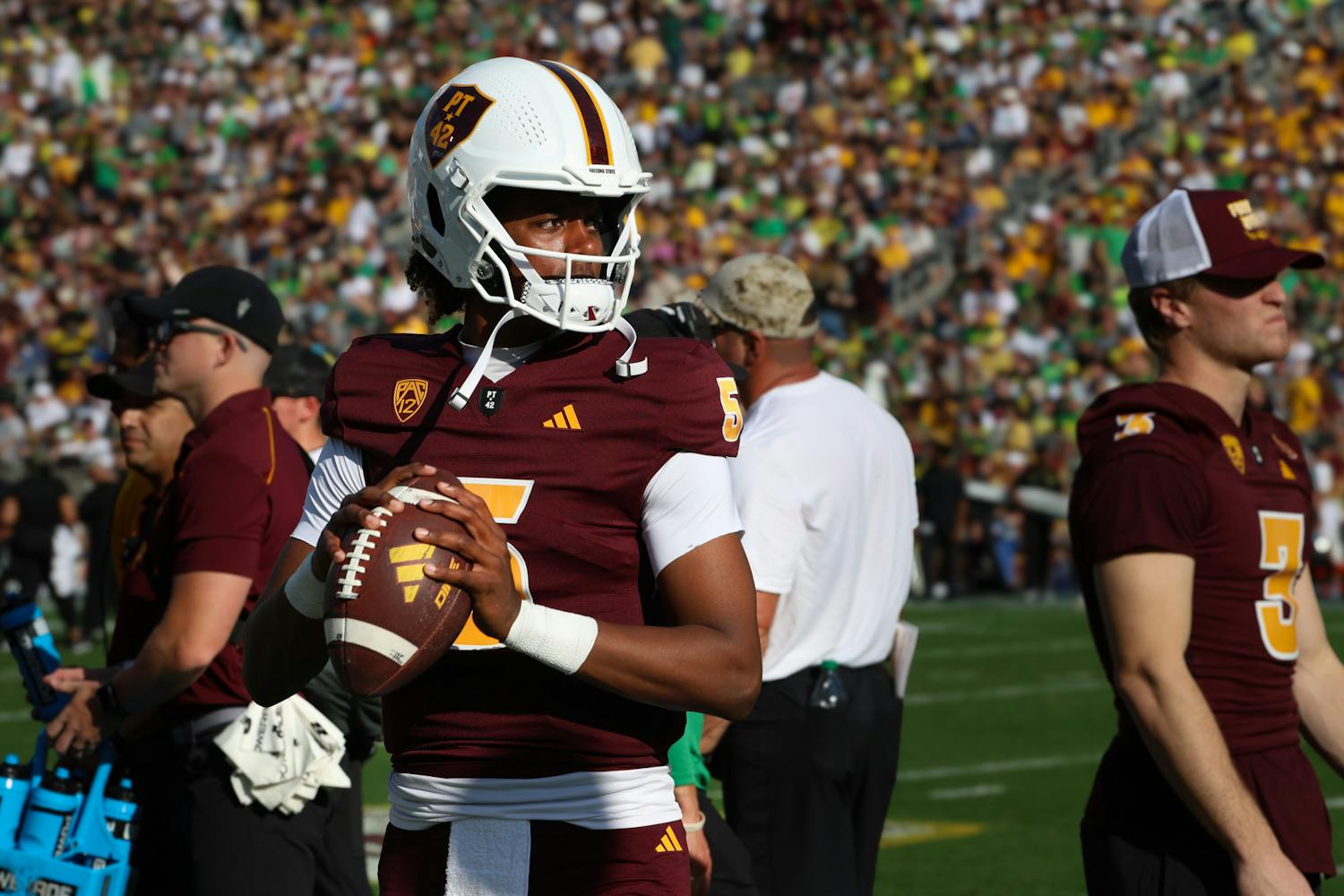ASU researchers working on a mixed-media education program received a grant for almost $600,000 from the MacArthur Foundation to share with a New York nonprofit organization.
The Situated Multimedia Arts Learning Lab, or SMALLab, is an interactive learning program that uses games to teach subjects such as language arts, math and science.
SMALLab is part of ASU’s Arts, Media and Engineering Program, a collaboration of the Herberger College of the Arts and the Ira A. Fulton School of Engineering.
David Birchfield, an assistant professor in that program, developed SMALLab in 2005 to integrate games and play with learning complex subjects.
“I want people to rethink the culture of schooling and to transform the classroom into a place where people are physically using their bodies to interact and learn,” Birchfield said.
He said grant money from the MacArthur Foundation would be used for the team of researchers at the Institute of Play, an interactive education program in New York, to collaborate with the ASU research team.
The grant will also fund researchers’ work at local schools such as Coronado High School in Scottsdale and will be used to replicate SMALLab for teachers and game designers in New York.
“One of the ways we will use the grant is to integrate their work in New York with mixed-reality education with the work we do here at ASU,” Birchfield said. “Receiving this grant means that our work will be able to reach people on a national level.”
Birchfield said the original idea of SMALLab was to look at how people learn and to integrate their way of learning into technology. Various scenarios are created for different subjects, and teachers can change or modify the curriculum to fit their students’ needs.
“The key idea of SMALLab is to engage learners through multiple senses, so they learn by seeing, hearing and moving,” Birchfield said. “The play aspect is important because people can learn difficult topics through playing and associate fun with complex learning.”
Lisa Tolentino, a second-year graduate student in the Arts, Media and Engineering Program, creates SMALLab scenarios for students, in which they use movement, displays and games to learn about concepts in chemistry and mathematics.
“Being a graduate student in this environment is both challenging and rewarding because we work in highly collaborative and multidisciplinary teams, where each member brings a different approach, value system, expertise, and perspective to the projects we do,” Tolentino said in an e-mail.
Sarah Hatton, a third-year graduate student and research assistant in the program, develops language-arts scenarios for the lab.
“Our scenarios focus on students being able to create and control their own learning experience,” Hatton said. “Students are able to learn through creating their own levels of advancement and also through peer-to-peer interaction.”



